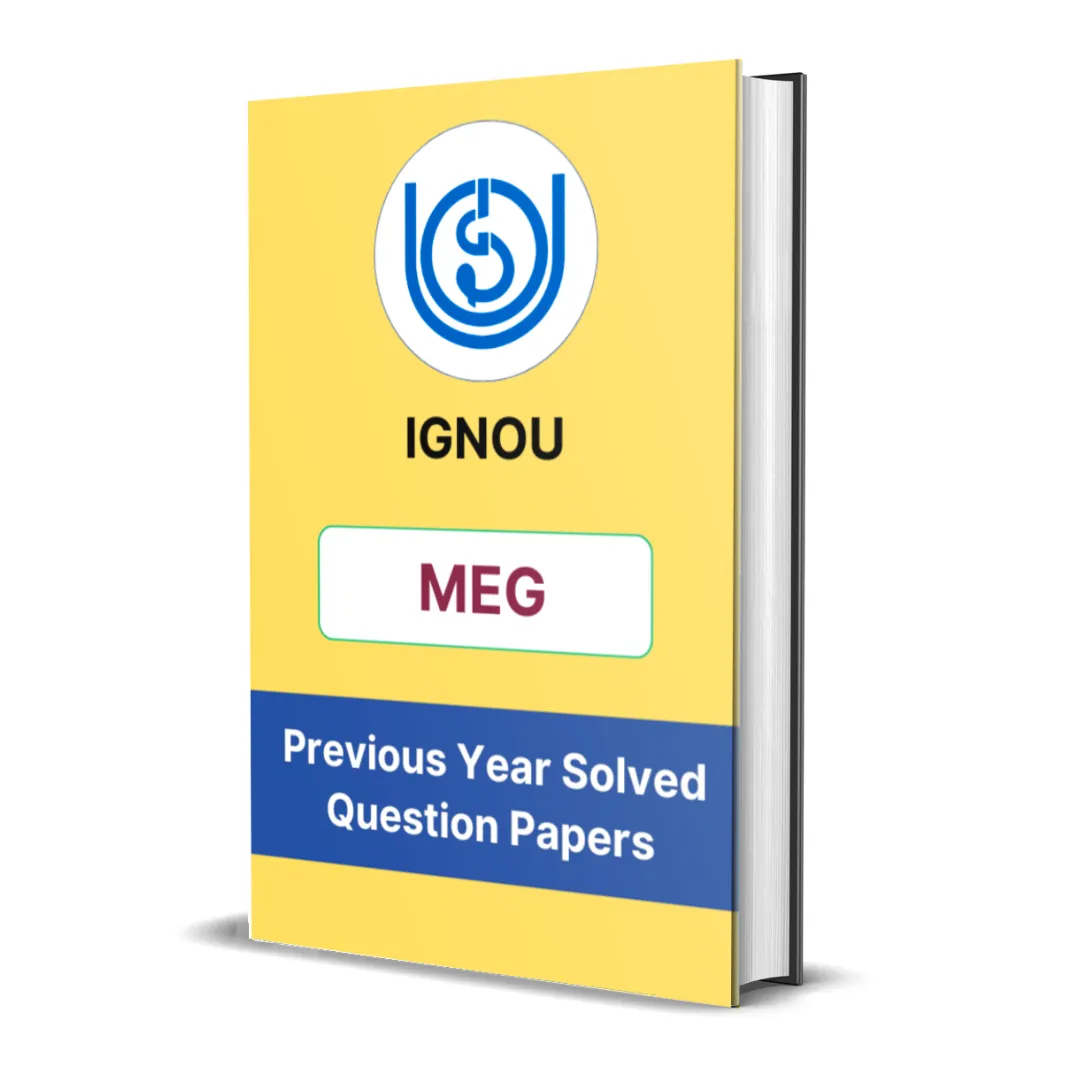Here you will get the detailed summary of IGNOU MEG 09 Block 2 – Nineteenth Century Australian Poetry.
We have provided the summary of all units starting from unit 1 to unit 6.
Introduction
IGNOU MEG-9 Block 2 focuses on “Nineteenth Century Australian Poetry”, tracing its development in a colonial context and exploring how early poets contributed to the shaping of an emerging national literary identity. This block offers a study of six key poets whose work reflects the socio-political conditions, environmental realities, and cultural shifts of nineteenth-century Australia. Their poetry ranges from nationalistic assertions and philosophical meditations to lyrical portrayals of the bush and introspective examinations of gender and society. Together, these poets laid the groundwork for a literary tradition that both echoed and resisted European influences, marking the beginnings of a distinctively Australian voice in literature.
Unit 1: Nineteenth Century Australian Poetry – An Introduction
This unit provides an overview of the historical and literary context in which Australian poetry emerged in the nineteenth century. Poetry during this period was largely shaped by colonial realities—harsh landscapes, the exile of convicts, and the effort to build a new society far from Britain. Although many poets initially imitated British Romantic and Victorian styles, over time, a more localized voice began to emerge. The unit explains how poetry became a means of negotiating the unfamiliar environment, addressing social issues, and expressing the evolving Australian identity. It also highlights the role of newspapers and periodicals in circulating poetry and creating a reading public.
Unit 2: W. C. Wentworth
William Charles Wentworth was one of the earliest poets in colonial Australia, best known for his poem Australasia, written in 1823. This poem is often cited as the first major literary effort to envision Australia as a future nation of importance. Wentworth was a nationalist who imagined Australia as a land of promise and destiny, destined to rival Britain. His poetry, although limited in quantity, had symbolic significance in its attempt to stake a cultural claim for the colony. His work reflects both admiration for the Australian landscape and a desire to elevate the colony’s cultural status through literature.
Unit 3: Charles Harpur
Charles Harpur is considered one of Australia’s first important poets, whose work marked a clear departure from purely British influences. His poetry is rich in philosophical reflection, nature imagery, and moral insight. He often meditated on the Australian landscape, not merely as a scenic backdrop but as a setting that demanded spiritual and emotional engagement. Harpur’s poetry touches on themes like transience, beauty, and the moral fabric of society. His style is deeply influenced by Romanticism, particularly Wordsworth, but adapted to Australian concerns. He is remembered for attempting to create a poetic tradition that reflected both the local landscape and the colonists’ moral struggles.
Unit 4: Henry Kendall
Henry Kendall is widely regarded as one of the most lyrical poets of nineteenth-century Australia. His poems are characterized by their musicality, emotional depth, and vivid descriptions of the natural world. Kendall often wrote about the melancholy beauty of the Australian bush, exploring themes of loneliness, exile, and the search for spiritual consolation. His poetry blends Romantic idealism with a deep sensitivity to the Australian landscape. Unlike many contemporaries who idealized the bush as heroic or nationalistic, Kendall portrayed it as haunting and mystical. His personal struggles with poverty and mental health also inform the emotional resonance of his verse.
Unit 5: A. L. Gordon and A. B. Paterson
This unit explores the work of two of the most iconic bush poets—Adam Lindsay Gordon and Andrew Barton Paterson. Gordon’s poetry reflects a stoic and fatalistic attitude toward life, often drawing from personal experiences of failure, depression, and marginalization. His poems, such as The Sick Stockrider, reflect the rugged life of horsemen and bushmen and helped establish the romanticized image of the Australian outback.
In contrast, A. B. Paterson—better known as “Banjo” Paterson—celebrated the vitality and optimism of bush life. His ballads, including The Man from Snowy River and Clancy of the Overflow, are filled with energetic rhythms, storytelling charm, and a strong nationalistic tone. Paterson’s work played a key role in shaping the myth of the Australian bush as the birthplace of the nation’s values: mateship, egalitarianism, and toughness.
Unit 6: Ada Cambridge
Ada Cambridge was one of the few prominent female voices in Australian poetry during the nineteenth century. Her poetry explores themes of domesticity, spiritual conflict, and emotional introspection. While her early work was influenced by Victorian piety and sentimentality, her later poetry reveals a more critical and independent perspective on women’s roles in society. Cambridge’s writing stands apart for its quiet strength and feminist undercurrent. She often portrayed the tensions faced by women between societal expectations and personal aspirations. Her inclusion in this block highlights the emergence of alternative voices in Australian poetry, particularly those that challenged the dominant male-centered narratives of the bush and nationalism.

